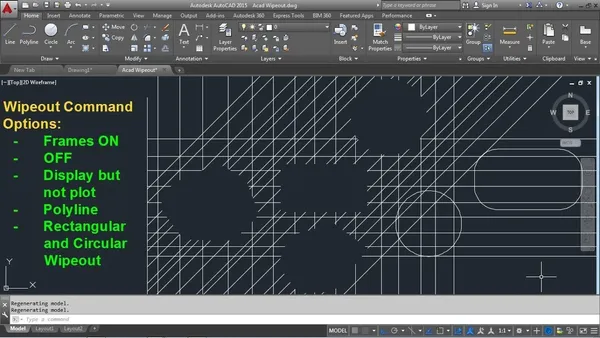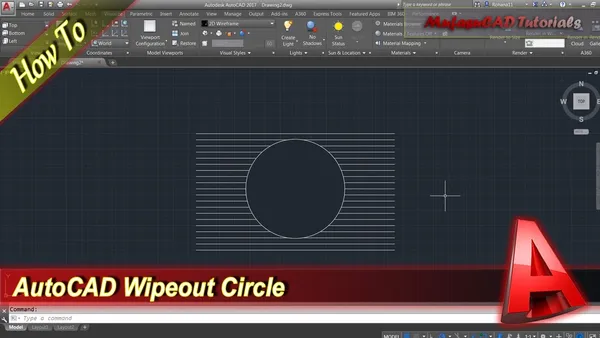Table of Contents
Wipeouts are an integral part of the surfing experience, yet mastering the art of falling safely can transform your surfing journey. At Kizworld, we're dedicated to providing surfers of all levels with the knowledge and skills they need to navigate wipeouts with confidence. In this comprehensive guide, we'll take you through the steps of How to do a wipeout safely and effectively, covering everything from choosing the right wave to falling with control. Whether you're a beginner or an experienced surfer, these tips will help you minimize the risk of injury, maximize your enjoyment in the water, and progress your surfing skills.
How to Do a Wipeout: A Comprehensive Guide for Beginners
I. Wipeout Preparation
Wipeout Preparation
Safety First
Before you hit the waves, make sure you have the proper safety gear. This includes a leash, a life jacket, and a helmet. A leash will keep you attached to your board in case you fall off, a life jacket will help you stay afloat, and a helmet will protect your head from injury. You should also check the surf conditions before you go out. Make sure the waves are not too big or too powerful for your skill level.
- Wear a leash to stay attached to your board.
- Wear a life jacket to help you stay afloat.
- Wear a helmet to protect your head from injury.
- Check the surf conditions before you go out.
Choose the Right Wave
When you're ready to catch a wave, paddle out to a spot where the waves are breaking. Look for a wave that is about your height or slightly smaller. Avoid waves that are too big or too powerful, as these can be dangerous. Once you've found a good wave, position yourself so that you're facing the shore and your board is perpendicular to the wave.
- Paddle out to a spot where the waves are breaking.
- Look for a wave that is about your height or slightly smaller.
- Avoid waves that are too big or too powerful.
- Position yourself so that you're facing the shore and your board is perpendicular to the wave.
Paddle and Timing
As the wave approaches, start paddling hard. The goal is to catch the wave before it breaks. Once you've caught the wave, stand up and start surfing. Keep your weight centered over the board and your knees bent. As the wave carries you forward, lean forward and back to control your speed. If you start to lose control, don't panic. Just fall off the board and swim back to shore.
- Paddle hard to catch the wave before it breaks.
- Stand up and start surfing once you've caught the wave.
- Keep your weight centered over the board and your knees bent.
- Lean forward and back to control your speed.
- If you start to lose control, don't panic. Just fall off the board and swim back to shore.
Related Posts
II. Performing a Wipeout
Positioning Yourself
- Paddle out to a spot where the waves are breaking.
- Turn your board so that it is perpendicular to the shore.
- Once the wave picks you up, dig your toes into the surfboard and push up with your arms.
- Your upper and lower body should form a straight, vertical line.
- Your weight should be distributed evenly across your feet.
- Your knees should be bent and your waist should be flexible.
- Your eyes should always remain on the wave.
Popping Up
- As the wave pushes you up the face, quickly push down on the back of your board with your front foot and pop up.
- Once you are standing, keep your back straight and your arms extended.
- Keep your toes dug into your board and bend your knees slightly.
- As the wave pushes you to the top, lean forward slightly to keep your balance.
- If you feel yourself losing balance, don't try to fight it.
- Instead, fall forward and land on your stomach or side.
Riding the Wave
- Once you are on your feet, start paddling towards the shore.
- Keep your weight centered and your knees bent.
- Stay low and keep your balance.
- As you ride the wave, make small adjustments to your position to keep your balance.
- If you want to turn, shift your weight towards the front or back of the board and use your arms to steer.
- Learn more about surfing at how to choose a surfboard and surfing for fitness and fun
Falling Safely
- If you fall off your board, stay calm and relax.
- Try to land on your feet or side.
- If you fall into the water, don't panic.
- Keep your head up and swim back to the surface.
- Learn more safety tips at safety precautions
Common Mistakes
Mistake | How to Avoid |
|---|---|
Not positioning yourself correctly | Make sure you are perpendicular to the shore and facing the wave. |
Not paddling hard enough | Paddle with power and speed to catch the wave. |
Popping up too early or too late | Wait for the right moment to pop up, when the wave is pushing you up the face. |
Not bending your knees | Keep your knees slightly bent to absorb the impact of the wave and maintain your balance. |
Leaning back | Keep your back straight and lean forward slightly to keep your balance. |
III. Getting Back Up After a Wipeout
Getting Back Up After a Wipeout
Stay Calm and Assess the Situation
- Take a few deep breaths to calm your nerves.
- Check your surroundings for any hazards, such as rocks or other surfers.
- If you are injured, signal for help by waving your arms or shouting.
Regain Your Balance
- Use your arms and legs to paddle back to the surface.
- Once you are on the surface, try to regain your balance by lying on your back and using your arms and legs to stabilize yourself.
- If you are unable to regain your balance, try to swim back to shore.
Get Back on Your Board
- Once you have regained your balance, try to get back on your board.
- To do this, place your feet on the deck of the board and use your arms to push yourself up.
- Once you are standing on your board, paddle back to shore.
Learn from Your Mistakes
- Once you are safe on shore, take some time to think about what went wrong.
- What could you have done differently to avoid the wipeout?
- Use this experience as a learning opportunity to improve your surfing skills.
Related Posts
- How to Do a Wipeout
- The Benefits of Surfing for Fitness and Fun
- The Best Surfing Equipment and Accessories
IV. How to Get Better at Wipeouts
How to Get Better at Wipeouts
Practice Regularly
The more you practice surfing, the better you will become at wiping out. This is because you will learn how to identify the signs of a wipeout and how to react accordingly. You will also develop the muscle memory necessary to perform the proper techniques for wiping out safely.
- Start by practicing in small waves.
- As you become more comfortable, gradually increase the size of the waves you surf.
- Practice wiping out in different conditions, such as different types of waves, different water temperatures, and different wind speeds.
Learn the Proper Techniques
There are a few key techniques that you need to learn in order to wipe out safely. These techniques include:
- Duck diving: This is the most common way to wipe out. To duck dive, you simply dive under the wave as it breaks.
- Turtle roll: This is a good way to wipe out if you are caught inside the wave. To turtle roll, you tuck your head and knees into your chest and roll over the wave.
- Bail out: This is a last resort option if you are unable to duck dive or turtle roll. To bail out, you simply jump off your board and swim away from the wave.
Stay Calm
It is important to stay calm when you are wiping out. If you panic, you are more likely to make a mistake that could lead to injury. Instead, take a deep breath and focus on performing the proper techniques.
Mistake | How to Avoid It |
Looking back at the wave: This can cause you to lose your balance and fall. | Keep your eyes focused on the shore. |
Trying to fight the wave: This will only make the wipeout worse. | Relax and let the wave take you. |
Holding on to your board: This can cause you to be dragged underwater. | Let go of your board as soon as you start to wipe out. |
Get Back on Your Board
Once you have wiped out, it is important to get back on your board as quickly as possible. This will help you to avoid getting caught in the impact zone of the next wave. To get back on your board, simply swim back to it and paddle back out.
Wiping out is a normal part of surfing. By following these tips, you can learn how to wipe out safely and get back on your board quickly so that you can continue enjoying your surf session.
If you are new to surfing, it is a good idea to take a lesson from a qualified instructor. This will help you to learn the basics of surfing and how to wipe out safely.
Surfing is a great way to get exercise, have fun, and enjoy the ocean. By following these tips, you can make sure that you have a safe and enjoyable surfing experience.
Here are some additional tips for getting better at wipeouts:
- Wear a helmet and a wetsuit. This will help to protect you from injury in the event of a wipeout.
- Surf with a friend. This way, you can help each other out if you get into trouble.
- Be aware of your surroundings. This includes other surfers, boats, and rocks.
- Don't surf in conditions that are beyond your skill level.
- Have fun! Surfing is supposed to be enjoyable, so make sure you are having a good time.
By following these tips, you can help to make sure that you have a safe and enjoyable surfing experience.
Here are some related articles that you may find helpful:
- How to Choose the Right Surfboard for Your Skill Level and Style
- The Benefits of Surfing for Fitness and Fun
- The Best Surfing Equipment and Accessories
V. Conclusion
Mastering wipeouts is a crucial aspect of surfing, ensuring your safety and enhancing your overall surfing experience. By following the techniques and tips outlined in this guide, you can minimize the risk of injury, ride waves with control, and fall safely when necessary. Remember to always prioritize safety, choose waves appropriate for your skill level, and practice regularly to improve your technique. With dedication and practice, you'll be able to handle wipeouts with confidence and continue enjoying the thrill of surfing.